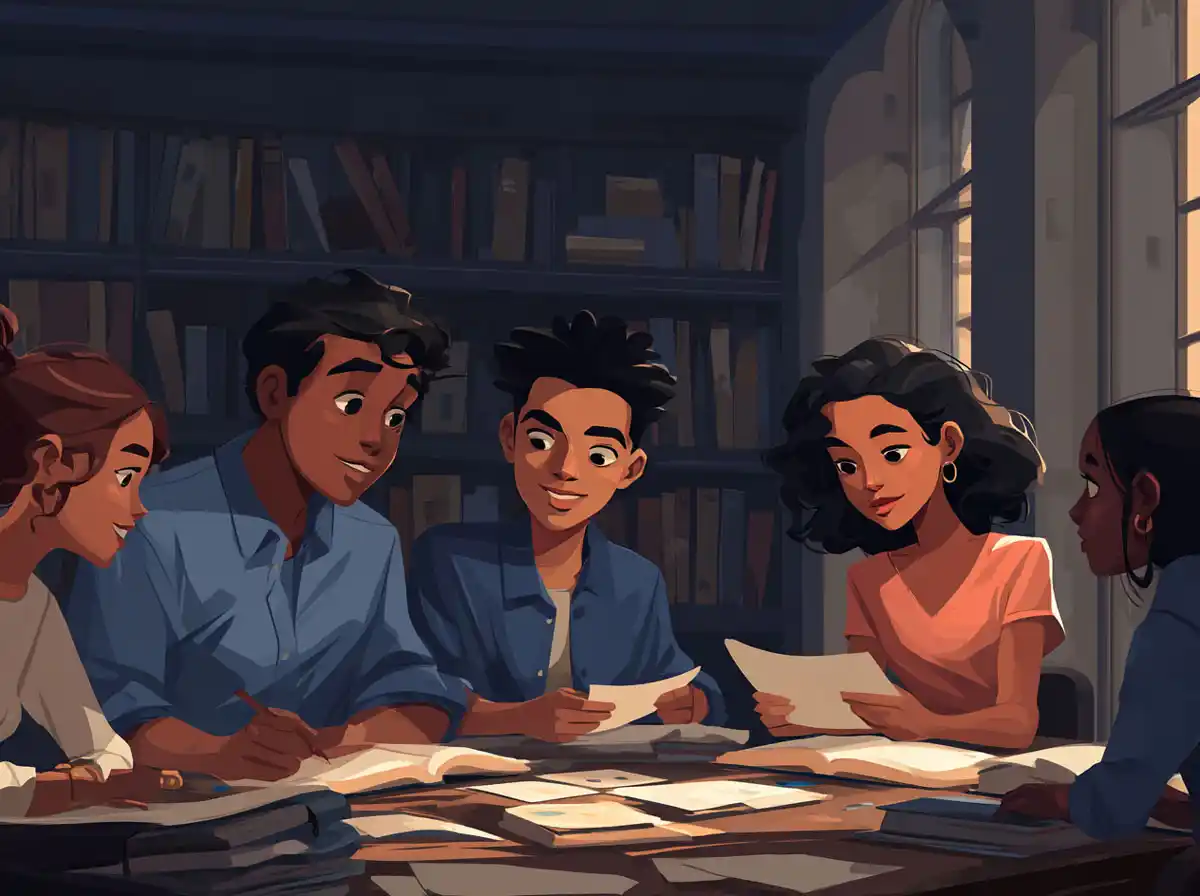Galician, a Romance language spoken in the northwest region of Spain, has a grammar structure that might seem familiar to speakers of other Romance languages like Spanish and Portuguese. This article aims to explore two key aspects of Galician grammar: the simple future and future continuous tense. By diving into their usage, formation, and main differences, learners and enthusiasts of the Galician language can have a better understanding of its grammatical nuances.
Understanding Simple Future in Galician
The simple future in Galician is used to express actions or events that will happen at a later time. It is similar to the simple future tense in English and other Romance languages. This section will discuss the conjugation and usage of this tense in Galician grammar.
Formation of Simple Future Tense
The simple future tense is formed by adding specific endings to the infinitive form of the verb. These endings vary based on the subject pronoun and the verb conjugation.
Here is an example with the verb falar (to speak):
– Eu falarei (I will speak)
– Ti falarás (You will speak)
– El/Ela falará (He/She will speak)
– Nós falaremos (We will speak)
– Vós falaredes (You all will speak)
– Eles/Elas falarán (They will speak)
Usage of Simple Future Tense
The simple future tense can be used in various contexts. Some common uses include:
1. Expressing actions or events that will happen in the future:
– Amanhã, ela viaxará a París (Tomorrow, she will travel to Paris).
2. Making predictions or assumptions about future events:
– Creo que Marcos aprobará o exame (I think Marcos will pass the exam).
3. Expressing a polite request or order:
– Por favor, pasarásme o sal? (Could you please pass me the salt?)
Exploring Future Continuous in Galician
The future continuous tense in Galician is used to express ongoing actions set in the future. It can also indicate a future action that will be in progress when another future event occurs.
Formation of Future Continuous Tense
In Galician, the future continuous is formed using the verb ir (to go) in the simple future tense, followed by the preposition a and the gerund form of the main verb. For example:
– Eu irei falando (I will be speaking)
– Nós iremos traballando (We will be working)
Usage of Future Continuous Tense
The future continuous tense can be utilized in various situations, such as:
1. Describing ongoing actions in the future:
– Esta noite, estaremos estudando para o exame (Tonight, we will be studying for the exam).
2. Indicating future actions that will be in progress when another event occurs:
– Cando chegue a casa, Xoán estará xogando fútbol (When I arrive home, Xoán will be playing soccer).
Comparing Simple Future and Future Continuous in Galician
While both the simple future and future continuous tenses are used to discuss future events, they differ in the following ways:
1. The simple future is used for actions that will happen in the future, whereas the future continuous focuses on actions that will be ongoing in the future.
2. Formation of the tenses: In the simple future, specific endings are added to the infinitive form of the verb, while the future continuous is formed with the verb ir in the simple future tense, followed by the preposition a and the gerund form of the main verb.
Summary
Understanding the distinction between the simple future and future continuous tense in Galician grammar is crucial to effectively express various forms of future life situations. Learning to correctly apply these tenses will enable both learners and native speakers to communicate more precisely, thus enriching their language skills.










